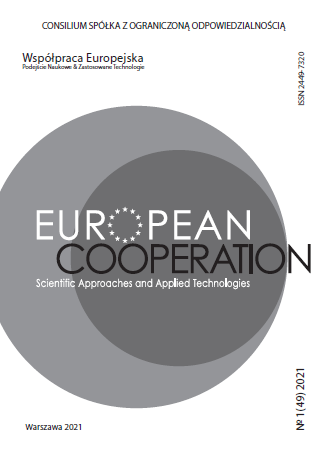ЕНЕРГОЕФЕКТИВНІСТЬ ПЛАТІЖНИХ ТРАНЗАКЦІЙ
PAYMENT TRANSACTIONS’ ENERGY EFFICIENCY
Author(s): Tetiana Osadcha, Oleksandr MelnychenkoSubject(s): Energy and Environmental Studies, Economic policy, Financial Markets, EU-Legislation
Published by: Consilium Sp. z o.o.
Keywords: energy efficiency; payment equipment; payment infrastructure; payment instruments;
Summary/Abstract: The payment system and infrastructure is a sector that is not given enough attention today in the context of energy efficiency. This sector plays a big role in organizing and ensuring money circulation and funds. It has its value consisting on the one hand of the cost of payment equipment, infrastructure, payment instruments. On other hand, its value consists of the cost of energy for their manufacture and maintenance. The European Commission has proposed raising the target for reducing greenhouse gas emissions, including emissions and removals, to at least 55% by 2030 compared to 1990. The EU's ambitions to improve energy efficiency can be enhanced either by improving the energy efficiency of each sector or by improving some sectors more than others. And there are thousands upon thousands of areas in which energy efficiency can and should be improved: from matchmaking to, in fact, payment transactions. The payment system and money circulation seem to be not the biggest problems in the energy sector. However, this is a very delicate topic, because often people pay in supermarkets the money earned, buying food and basic necessities. They spend their energy in vain, waiting in line for a payment transaction. Modern means of payment and payment methods do not address the problem of reducing the time for servicing payments, which entails the overuse of time, energy, and money. And the latest method of payment using cryptocurrencies can not change the situation for the better today. The use of new and advanced technologies such as new generation data transmission systems, the use of modern computers' computing power, the replacement of means of payment with "faster" ones, the use of more efficient cashiers, or their replacement by functional machines can reduce these indicators.
Journal: Współpraca Europejska
- Issue Year: 2/2021
- Issue No: 50
- Page Range: 18-39
- Page Count: 22
- Language: Ukrainian

